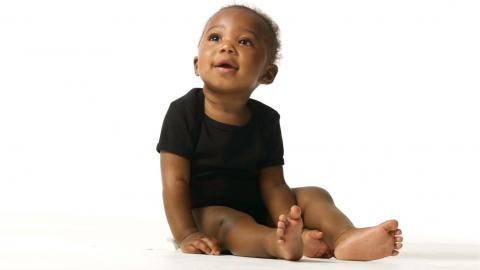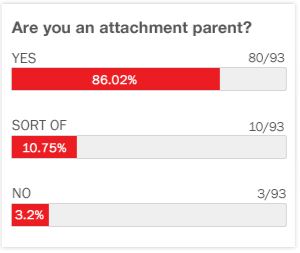
Women generally go into labor around the 39 or 40 week mark of their pregnancy. Expecting mothers can have very unique birthing plans, but regardles, labor will progress in the same overall process. Active labor can last for only a couple of hours or for much longer. As the cervix dilates, some women might begin to feel contractions and soon enough it will be time to deliver your newborn baby!
Nobody wants to be the woman who shows up to the hospital time and again only to be told she’s not in labor. There is no way to predict when you will actually start labor, but your body does start preparing itself for the process. Obstetrician Mikael Brisinger says knowing the signs of labor can help you determine if you need to head to the hospital or stay home. Doula Ana Paula Markel explains the following signs to help you know when you are in labor.
Strong Contractions
Having regular contractions is a telltale sign that you are in labor. That being said, many women experience Braxton Hicks contractions in the weeks before they actually go into labor. How do you tell the difference between Braxton Hicks contractions and when you are really in labor? Obstetrician Paul Crane explains that Braxton Hicks contractions are rarely strong or regular. Actual contractions won’t subside until your baby is delivered. They may start out as a cramp-like feeling, but grow more intense and painful as time passes. They will also increase in frequency as time passes.
Discharge
While you are pregnant your cervix is closed and plugged up with mucus. This plug helps protect your baby from infection. As you get closer to your due date your cervix starts to dilate and soften in preparation for labor. This process will cause that mucus plug to dislodge. The discharge you see from the mucus plug is often tinted with blood.
Water Breaks
It is unlikely that your water will break and a big gush of water will come out. More women experience a slowly drip of water because your baby’s head plugs up the opening preventing that big gush of fluid. If you haven’t started having contractions yet they will likely come on soon after your water breaks.
Back Pain
Nearly one third of all women experience what is called “back labor.” This occurs when the baby descends with its skull hitting your spine. When the baby descends this way it causes a constant pain that often radiates around the abdomen.
Baby Drops
In the weeks before you give birth your baby will change positions so it’s ready for labor. This change in position will cause you to feel heaviness in your pelvis. It may cause you to go the bathroom more frequently. That being said, you will likely feel less pressure in your rib cage when your bay drops. It may also be easier to breath.
Change in Bowels
When you are in early labor the body releases prostaglandins. The prostaglandins help soften the cervix and help the uterus to contract. They also stimulate the bowels causing more frequent stools and in some cases diarrhea.











During my first preganancy I went to the hospital 3 times thinking I was in labor when I wasn't. But I definitely wanted to be "safe than sorry." The doctors and nurses were always so nice about it so don't worry about going if you're not sure. It's better to go when you are in doubt then to stay home when you are really in labor.
I completely agree with Jordan! I felt so silly when I kept thinking I was in labor but it is definitely better to make sure you're not really in labor and also to make sure everything is going okay in your pregnancy. If you are feeling weird pains or feel like something is wrong, it's always better to have it checked out just in case.
These are all really great tips! It can be confusing on when to know you are in labor but looking out for these things will definitely help you.